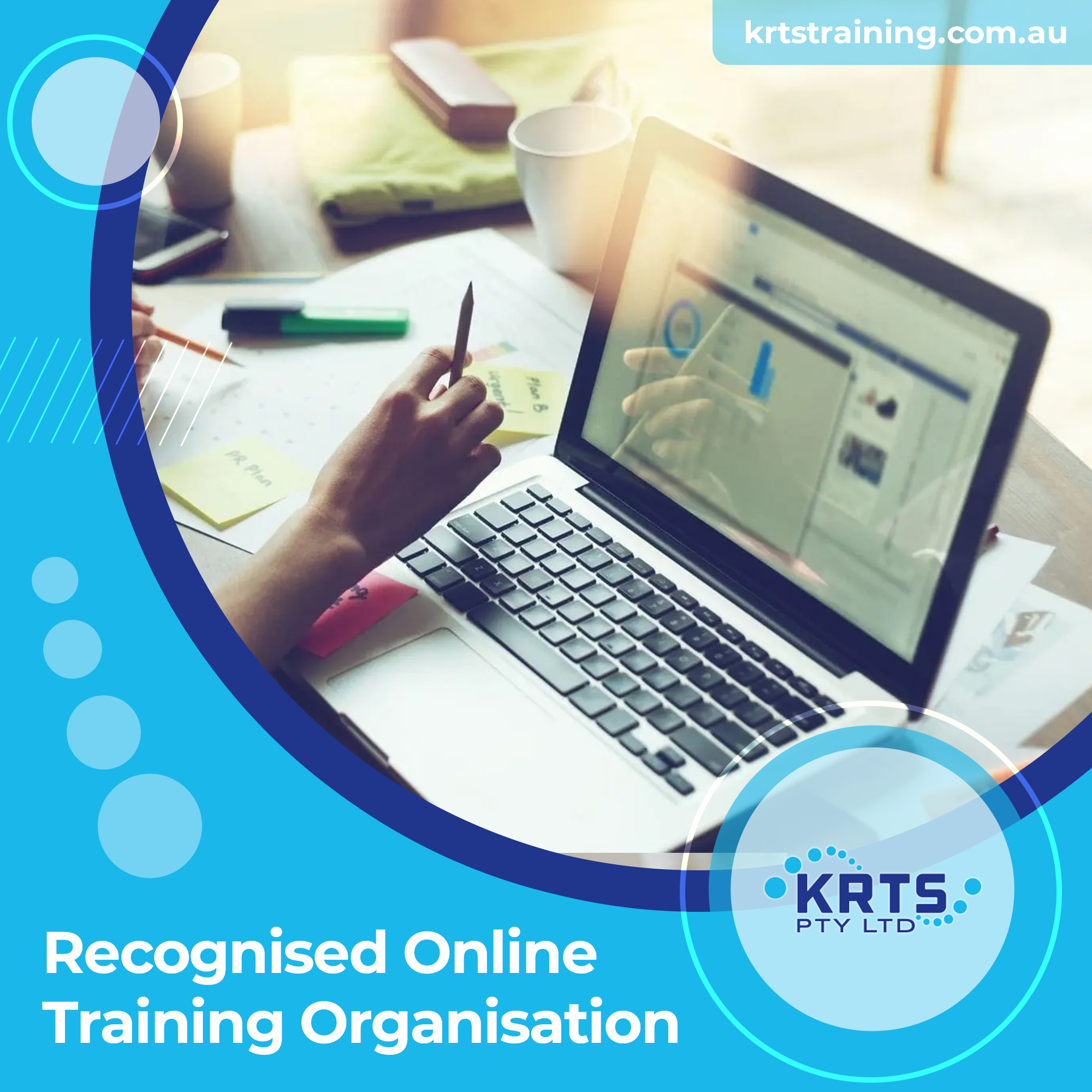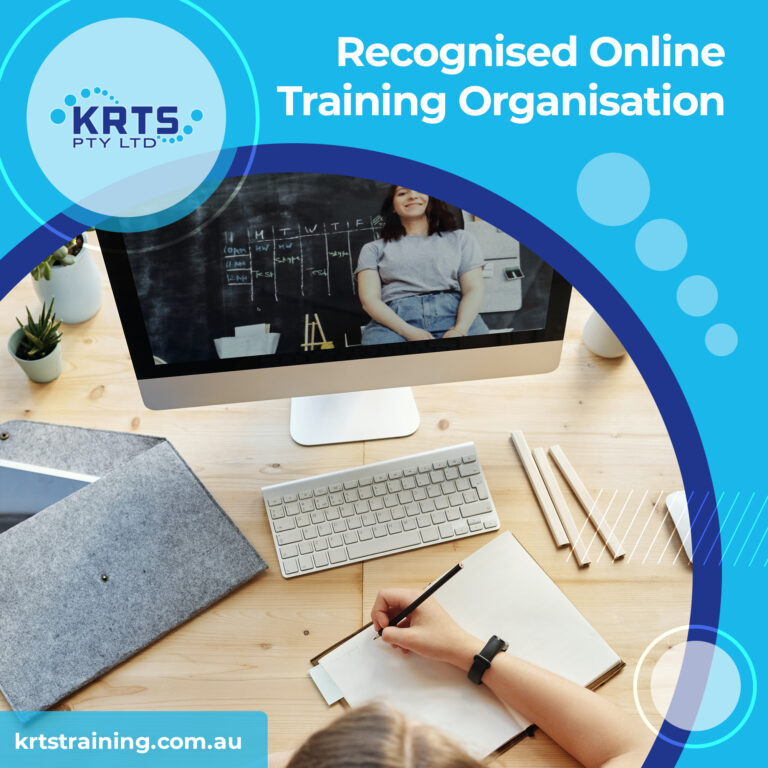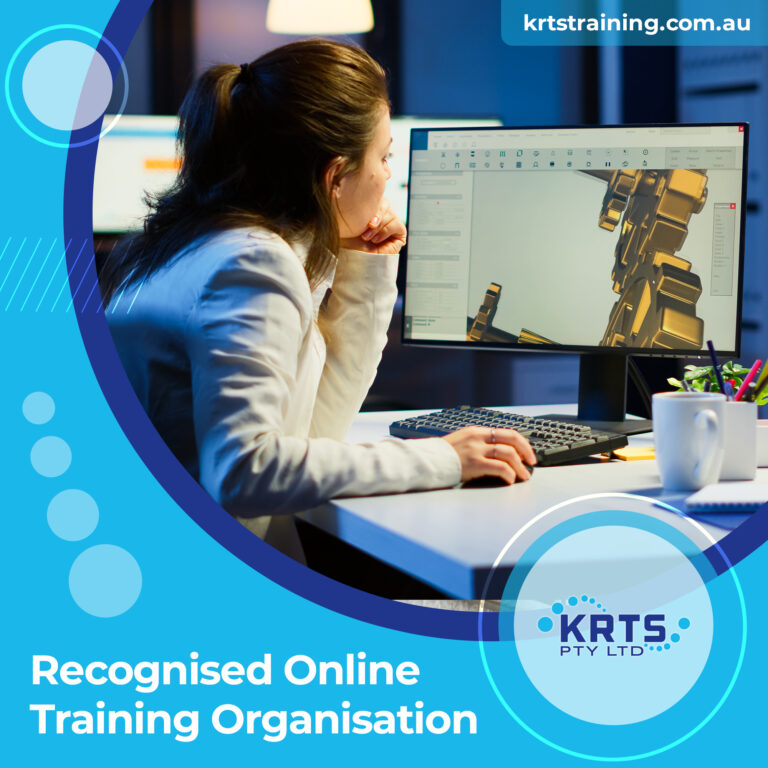Standards for RTOs (Registered Training Organisations)
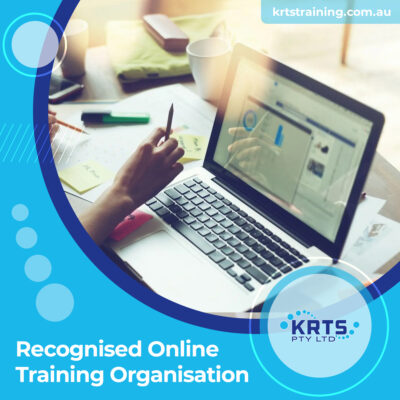
If you are an enrolled training organization (RTO), you must follow those rules. You must comply with the requirements for delivering nationally recognized vocational training (VET) and for the issuance of nationally recognised certification in the role of RTO(registered training organisations).
The Standard for RTOs sets out minimum requirements for the training and assessment of students and clients, registered training organisations (RTO)governance, and administration.
This standard carries out national consistent, high-quality training assessment services based on Australian VET standards. These apply to all initial and ongoing registrations.
If you are presently or plan to become a recognized training organization, you must adhere to these requirements (RTO).
To offer and evaluate nationally recognized vocational training programs (VET) & issue widely renowned certifications as an RTO, you must fulfill these requirements.
These standards for RTOs provide minimum criteria for learners, clients, learners, and RTO governance & management. For the users of Australia’s VET system, these criteria guarantee nationally uniform, high-quality assessment and training services.
These requirements apply to both initial and ongoing registration.
Code of practice;
Codes of Practice are rules which specify the ways people are expected to behave. The Code of practice may be determined through regulation or industry regulators.
Structure
This standard comprises eight standards. Each standard provides a set of clauses in this document. For confirmation, of the Standards the registered training organisations ( RTO) must meet the requirements.
A person attempting to register for a registered training organisation (RTO) should prove the capability to meet these standards. For each Standard, an explanation of context can be added to it.
The context is not part of the standard and was added to help explain the standard in a more concise manner standard are based. Standards and Clauses can generally be called “standards”.
Requirements
The requirements for a nationally recognized training organization are detailed in the Standards 2015 (the Standards).
This standard ensures national consistency and high-quality education in Australia.
Licensed vocational education institutions must also comply with the statutory framework for the National Vocational Education and Training Regulations Act 2011.
Training and assessment- VET accredited courses
The RTO’s (registered training organisations) training strategies and practices meet industry needs and meet the requirements for training packages and VET-approved courses…
The learners, employers, and the industry must be confident about the accuracy, currency, and worth of certifications issued by the RTO (registered training organisations), through the issuance.
Purpose
This standard will aim at defining the requirements required for an RTO (registered training organisations) to ensure the training offered through RTOs (registered training organisations) meets the requirements of VET-endorsed training programs.
And has integrity in job search and further studies Ensuring that RTOs are ethical in addressing learners’ needs.
Nomenclature of standards
This Standard is a standard for registered learning organizations. 2015. They are a component of the VET quality framework ensuring the integrity of nationally recognized skills. A registered training organisation (RTO) is required to comply with these standards and comply with.
How KRTS pty. ltd. provides you with high-quality training and assessment
KRTS is a specialized training organization that offers fee-for-service training for the heavy vehicle & aviation transport industries-related educational courses. It was founded in 1990.
It gives a big opportunity to prospective learners through its further study options in activities related to training and assessment and training products. Whichever occurs to be in your demand.
They also offer you the services like student counseling, vocation-related education, and much more.
Some of the courses it offers are;
RTO performance indicators program
The Victorian Education and Training Department (the department) oversees a comprehensive program to evaluate and document the effectiveness of Victoria’s VET system.
The initiative strives to encourage high-quality, government-funded VET that produces results for students, companies, and the larger society.
The yearly Victorian Students ’ satisfaction Survey & Victorian Employer Survey serve as the foundation for our study.
All government-funded Victorian students who completed their vocational training or departed early from training in the preceding calendar year are invited to participate in the Student Satisfaction Survey (Student Survey).
You can complete the surveys online, through a mobile device, or by mail. Additionally, a phone call encouraging students to participate may be made to them.
The queries comprise:
- Did you succeed in achieving your major training goal?
- Do you advocate for your RTO?
- Did you continue your training at a greater level than you had previously?
The Social Research Centre (SRC) has been hired by the department to carry out the Academic Achievement Survey. Every year, between March and May, a questionnaire invitation with unique login information is delivered to qualified students.
So what are the Results;
- An insight into the effectiveness of Victorian RTOs is provided by the data gathered first from the RTO PI array of surveys.
- This in turn gives the department data and insights it can use to enhance the standard of training programs and comprehend the results the Victorian Training & TAFE system produces.
- And through the department’s online platform, VETStat, aggregate survey findings are communicated to specific training providers.
- These findings do not allow for the identification of specific pupils.
- Several outcome performance indicators are built using data gathered from the questionnaires.
Now, You may ask what are the performance measures as per the outcomes.
The department makes use of the following performance metrics:
- via finance, regulation, and innovation, raise the effectiveness of the training system and its results.
- to strengthen the vital link between future employment, skills, and economic growth.
- to swiftly adapt to shifts in the capabilities required by the workforce.
The following performance measures are used by training providers:
- to more fully comprehend how they are doing.
- to put plans and procedures into place that will enhance the quality of training provided.
- To offer insightful information that can be used to improve the organization of courses and better serve the requirements of students & employers of apprentices and trainees (s).
New child safety standards in compliance with Australia’s vocational education and training
Beginning on July 1, 2022, all Registered Training Organizations (RTOs) that provide training to students under the age of 18 must adhere to the Child Safe Standards.
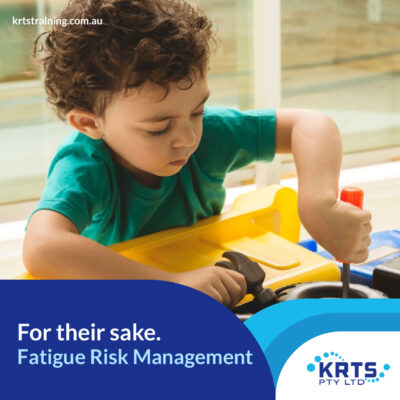
This is explained in the VRQA rules for RTOs that are accredited by the Victoria Registration & Qualifications Authority (VRQA).
What minimum Standard say?
A company must, at the very least, make the following provisions to comply with Child Safe Benchmark:
- The organization publicly commits to promoting child safety
- A Code of Conduct gives guidance to employees and volunteers on anticipated behavioral standards and obligations, while risk management tactics concentrate on avoiding, recognizing, and minimizing risks to young people and children.
- A child-safe atmosphere is promoted and modeled across the organization, from the bottom up and bottom up.
- Volunteers and employees are aware of their responsibilities for sharing information & records management.
Some examples of compliance
An RTO adhering to this Standard might have:
- The RTO’s Child Safety & Welfare Policy & Children’s Safety Code of Ethics are published online.
- A written governance structure to execute child-safe policies, processes, and reporting requirements, as well as a Child Safety Code of Conduct that outlines acceptable and unacceptable behavioral standards and applies to employees, volunteers, and students.
- Recruiting and induction tools and procedures that satisfy the Child Safe Standards professional development for volunteers and staff that covers information exchange and recordkeeping duties.
Family Engagement in RTOs
By adhering to this Standard, RTOs are required to take particular steps to include communities and families in efforts to promote child safety.
RTOs need to make sure they:
- When making decisions that will have an impact on children, consider the opinions of families and communities; include communities and families in the development and assessment of child safety policies and procedures.
- How to effectively express concerns regarding child safety with communities and families
- The RTO’s operations take into account the variety of families and work to lower inclusion obstacles.
Compliance;
An RTO needs to be able to show proof of:
- a dedication to the significance of involving communities and families in decisions affecting trainees who are children in the RTO’s policies and communication resources.
- Transparent as well as accessible information but also engagement procedures for families and communities.
- Consultations with or requests for participation from families, carers, and the community in decisions that affect students who are children.
- Consultations with families, carers, and the community regarding the RTO’s child safe go.
What is the purpose of standards for RTOs 2015?
Standards for RTOs 2015: Purposes of Standards. Ensure that training provided by RTOs meets industry requirements and is valid for the employment process and further studies.
Ensure that RTOs operate ethically, based on student and industrial needs.
What are the standards for registered training Organisations?
The RTO (registered training organisation) determines the support requirements of individual learners and gives access to educational and support services that are essential for individual learning.
What policies should a registered training organisation (RTO) have?
RTO (registered training organisations) policy manual covers Academic Integrity. Validating assessments. Requirements for a complaint. Continues improving. Basic knowledge and support. Credits.
What are the ASQA standards?
The Standards require ASQA to adopt a risk-based approach to regulation, with equitable, transparent, transparent, and transparent implementation procedures. Employ auditor and certification assessments if the competency requirements have not yet been met.
Learn More: How to become RTO (registered training organisation) in Australia?

